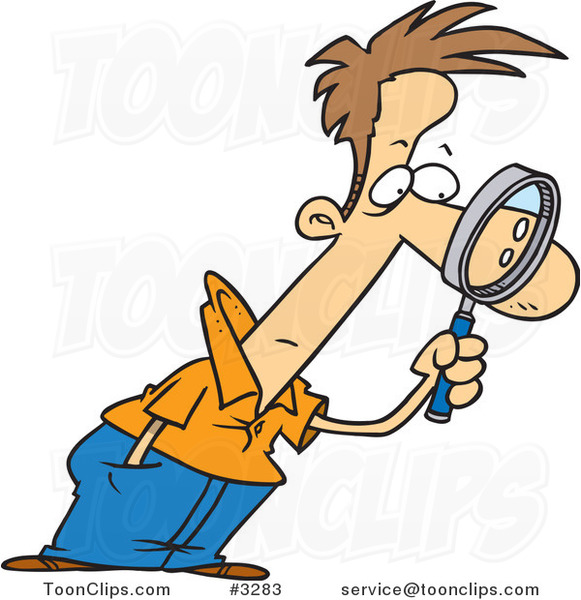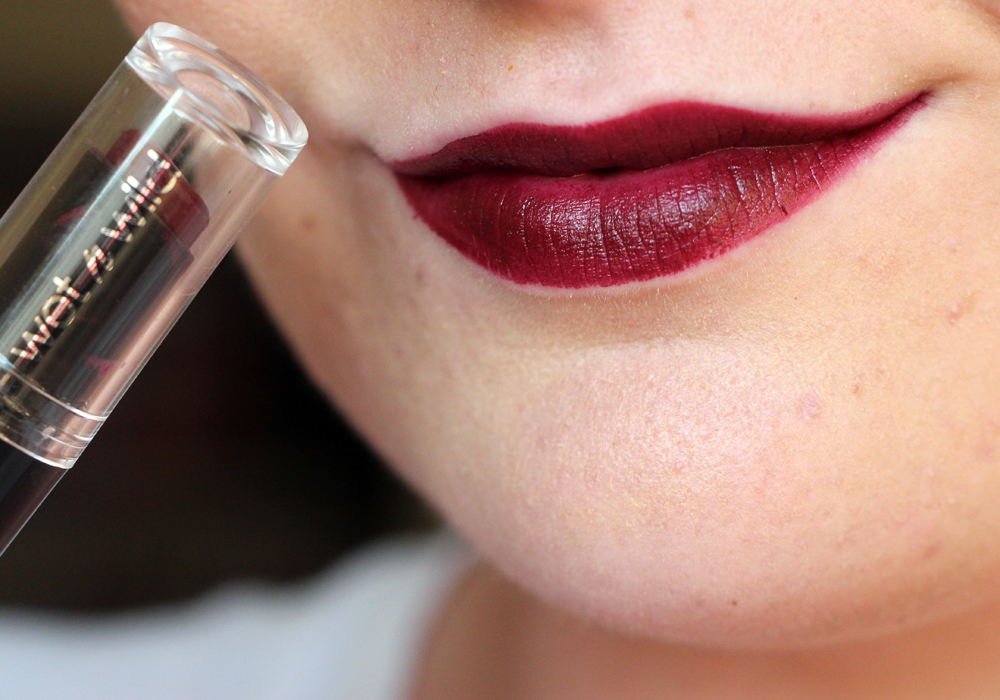The male gaze is an unwelcome examination of a female body by a random
stranger. In some cases, the examination is silent; in others, a verbal
or even physical interaction occurs. The idea of women as objects is
perpetuated in all three articles. This idea of the women as an object
to be looked upon and examined is questioned in all three readings. In
reality, women are blamed for their "vanity" while men are excused for
their unwelcome gaze and/or inappropriate behavior.
The male gaze is a phenomenon which falsely gives men the belief that
they can both examine and inflect their opinions upon women. In the
view's of males, women draw attention to themselves by (literally)
walking in front of men and exposing her feminine qualities. Laura
Mulvey explains “he [Freud] associated scopophilia with taking other
people as objects, subjecting them to a controlling and curious
gaze”(Mulvey 835) which brings pleasure to the person gazing. In all of
the artwork seen in Berger’s article, the women is the object of
pleasure, she is being gazed upon because she is the “prize”. This form
of barbaric display of women as property should have ended long ago but
sadly it is still seen today in other forms.
Another important feature of the male gaze, is the fact that it is used for most advertisements to appeal to the male audience. When a commercial is running on media channels, it is in the perspective of a male audience. Most trivial advertisements, selling things like lipstick, focus on a women’s sex appeal and not the actual item being sold. As Mulvey conveys, “women are simultaneously looked at and displayed, with their appearance coded for strong visual and erotic impact so that they can be said to connote to-be-looked-at-ness.” (Mulvey 837) in a way most commercials sell the idea of the attraction to male approval. By buying the item, the male gaze will be directed toward you, because you seek men’s approval (even if you don’t).
Another important feature of the male gaze, is the fact that it is used for most advertisements to appeal to the male audience. When a commercial is running on media channels, it is in the perspective of a male audience. Most trivial advertisements, selling things like lipstick, focus on a women’s sex appeal and not the actual item being sold. As Mulvey conveys, “women are simultaneously looked at and displayed, with their appearance coded for strong visual and erotic impact so that they can be said to connote to-be-looked-at-ness.” (Mulvey 837) in a way most commercials sell the idea of the attraction to male approval. By buying the item, the male gaze will be directed toward you, because you seek men’s approval (even if you don’t).
Why is this lipstick being sexualized by branding Wet n' Wild
As Bell Hooks points out “There is power in looking”(Hooks 115), the
male gaze gives the man the power while the oppositional gaze is used as
a form of resistance to racism and sexism. The oppositional gaze is
used to question how black females were placed in media
to “enhance and maintain white womanhood as objects of the
phallocentric gaze” (Hooks 119), supporting ideas of white supremacy and
the desire to be “white”. The desire to be white enough, with
brunettes’ dyeing their hair blond, people with curly hair straightening
it, colored lenses, have all raised the bar to the ideal beauty of
being an “American Girl”. In general an oppositional gaze needs to be
used to examine advertisements as they set contradicting goals of
beauty.
The importance of hair!
The oppositional gaze has developed because of misrepresentation. In
the case of Hook's article, black women faced the racism of being in a
white dominated media. The basic function of the oppositional gaze is becoming aware of the racism and sexism portrayed with media
forms, making it have a less impact on our behavior. I think that
noticing the contradictions between different messages advertised by media
sources makes someone have an oppositional gaze. It is by questioning
the “ideals” of how groups of people should be, as in the case of black
women or women in general. The messages being presented as ideals for
women, to behave, dress and act, propose an oppositional gaze when
queried.
Over the years I had developed the idea that women hunted
for the male gaze. This idea was largely supported by mass media
and ad campaigns, in which desire was used for a woman to obtain what
she wants (ultimately it is always a man). It has become apparent that
the mass media and its display of women
supported this idea in general. The use of a male audience to promote
sales further blurred the goal of the women in the ad (example: is she
trying to be strong for herself, or trying to look strong for him). I
think an oppositional gaze is the first step to understanding the sexism
behind the male gaze, and the development of a male audience being
addressed by most media forms.


Is this image from a makeup/beauty blog? I think those generally cater to women (the main consumers of makeup products) and other makeup users. I understand where the criticism of wearing makeup comes from (you address advertisements specifically; I guess I'm speaking generally) but I also feel like it's not just/always serving the male gaze, you know? I have limited experience with it but it feels really good on my face, and it's similar to painting (in that it requires skill, coordination, and I'm not good at it, heh). It's a very artistic field. It's also highly gendered and feminine things aren't taken seriously. This comment is a total digression from your post, but I guess I was curious about the photo.
ReplyDelete